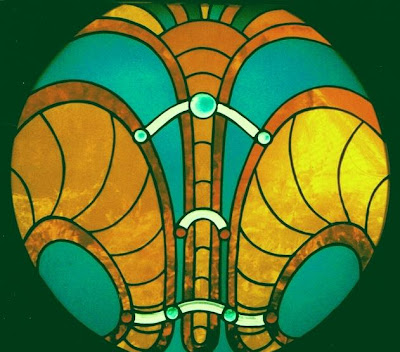As a homeowner, one of our basic tasks is to clean our glass windows whenever we think it is needed and necessary. Dirty windows are unwanted especially if we have important visitors coming over. More importantly, we have to constantly keep an eye on its cleanliness because its dirt will be evident if it takes us too long in tidying it up. More so, it would not be pleasant on our part if people see how dirty our windows are.
But still, cleaning glass windows is a tedious task. As much as we want to keep it clean and shiny all year round, there will still be instances that it will immediately accumulate dirt. This is especially true during summer season where all kinds of dust can stick to our windows. After all, the windows are just very susceptible to dirt. However, no matter how vulnerable they may be, we can still look for ways to keep it clean and shiny. Even if keeping it clean will not be as long as a year, we can still maintain it cleanliness for weeks or months.
One of the things that we need to consider is the squeegee or the cleaning equipment. If you have a big sliding door, a cleaning equipment with rubber blades is the most effective cleaning material for the glass windows. Thus, it is crucial that a homeowner invest on this kind of equipment. Another important note to remember is that the homeowner should add a little amount of ammonia or white vinegar in washing the window. This kind of fluid can make an excellent cleaning solution. Also, it is important that, once cleaning the windows, the cleaner wipe out or rinse off the solution immediately and not let the cleaning agent dry up naturally. If this happens, there would be creases and scratches that would remain on the window. It has also been said that newspapers are good polishers. This is because it is the newspaper that adds shine to the windows. Additionally, one can also polish the windows by using some toothpaste. This material can remove the scratches that would remain on the window pane. Importantly, once cleaning, you should not clean during hot season. The temperature would make the solution dry up easily. Instead of being able to wipe the windows with dry and clean cloth, it will just leave scratches since the heat and temperature of the sun will surely dry up the window faster.





























